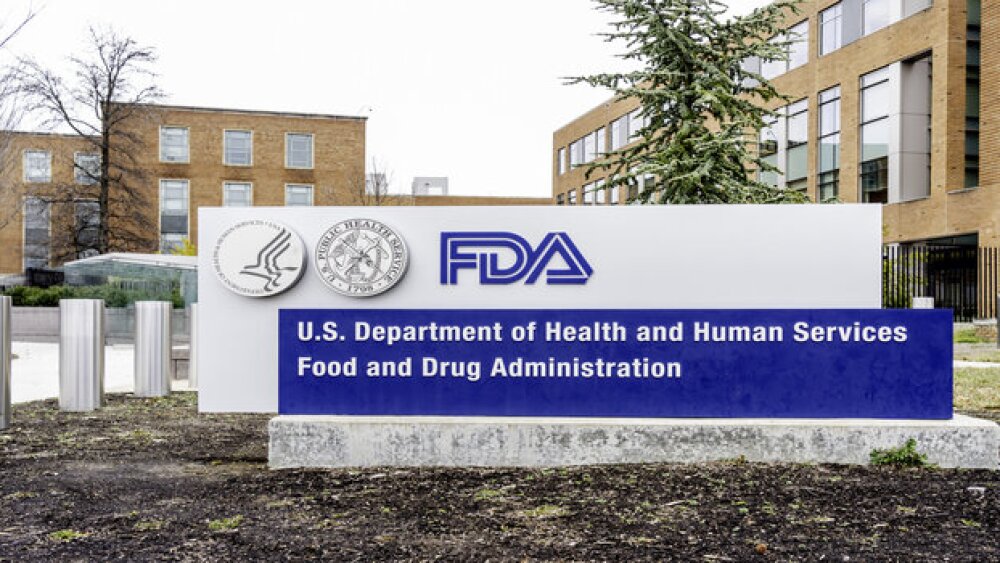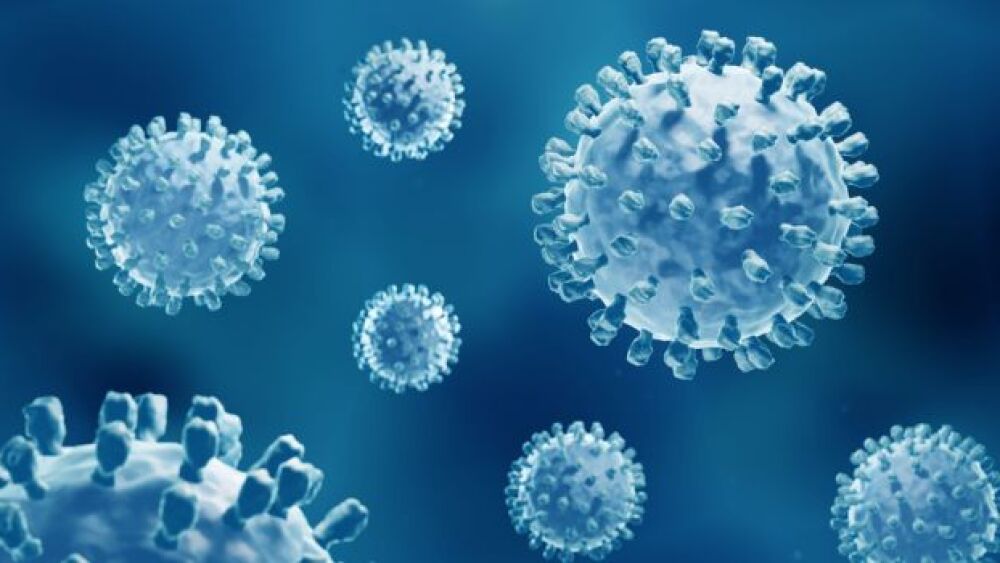VIENNA, Va., Sept. 10 /PRNewswire-FirstCall/ -- The following letter is being released by CEL-SCI CORPORATION to its shareholders:
Dear Fellow Shareholders:
The past 12 months have been the most successful ever for CEL-SCI Corporation. The U.S. Food and Drug Administration (FDA) granted us the go- ahead for a Phase III (last phase) clinical trial with our cancer drug Multikine(R) and also granted Multikine Orphan drug designation. Following the excellent developments at the Company, we were able to raise $30 million, half in equity and the other half in the form of the acquisition and build out of a manufacturing facility for Multikine which will then be leased to us for 20 years. We feel that we finally have the ability to move forward rapidly since CEL-SCI is now properly financed and all the pieces have fallen into place.
These recent successes follow years of difficulty when we operated with very little capital and the path to the marketing approval for Multikine was not yet clear. We believe that there is a high likelihood of being successful in the upcoming Phase III study because 1) we have designed the study to require a much lower level of improvement in overall survival than the 33% improvement in overall survival we saw in our last Phase II study, and 2) Multikine so far has been shown to be safe, and well tolerated. It is toxic only to cancer cells.
Our goal is to receive world-wide marketing approval for Multikine as a first line standard of care drug for advanced primary head and neck cancer patients. We are not aware of any other biotech company that has ever gone for first line standard of care in cancer as its first indication. Typically drugs are developed and approvals have been sought for treating advanced stage, recurrent or metastatic disease. It takes a very long time to get to the Phase III trial stage for a first line indication and only drugs that have a very good safety profile have a chance to qualify. Fortunately that long and difficult road is now behind us!
When a drug is approved as, or as an integral part of, first line standard of care for a given disease, every patient diagnosed with that disease is supposed to receive the drug and reimbursement should be customary. Approval as part of first line standard of care for advanced primary head and neck cancer should translate into billions of dollars in sales and assure blockbuster status to Multikine. Since CEL-SCI still owns all of the major marketing rights to Multikine, our shareholders, in addition to the patients, would be the greatest beneficiaries of such a phenomenal success.
Attempts to use the power of the immune system to fight cancer date from the early 20th century observation of a New York surgeon, Dr. William B. Coley, that some sarcoma patients who suffered severe bacterial infections underwent spontaneous regression of their tumors. Due to limited knowledge of the immune system, progress in using immunotherapy was very slow. Efforts to treat cancer using immunotherapy were limited and empiric.
Advances in science, immunology and technology in the late 1970's have made possible a more complete understanding of the molecular and cellular components and functions of the immune system. Since then, there has been an explosion of interest in immunotherapy and extensive efforts have been made to develop immunotherapeutic drugs and vaccines to treat cancer. Despite these extensive efforts, no drug or vaccine has been developed that by itself is totally effective in maximally harnessing the power of the immune response to fight cancer. Nevertheless, many opinion leaders still believe that immunotherapy is the next great hope for an effective cancer treatment. We at CEL-SCI share that view.
A review of the successes and failures of the past indicates that the current products on the market or in development that attempt to utilize the immune system to rid the body of cancer have the following draw backs:
1) They are given to patients after the patient has received chemotherapy, radiation or surgery. This is most often too late!!! At that point the patient's immune system is so damaged from the patient's cancer and the cancer therapy that it can no longer mount an effective anti-tumor immune response. 2) They are targeted to a specific antigen on a tumor and attack that tumor only in one way. There are many antigens that need to be attacked to overcome the very complex tumor defense mechanisms and the constant mutation of the tumor antigens cannot be addressed with a 'one key fits all' approach. 3) They act like specific parts of our immune system, when in reality we need a more complete immune approach (the whole army vs. specialized soldiers only).
Cancer is a very complex disease and requires a comprehensive immune system approach. Our Multikine is designed to address the shortfalls outlined above and provide a comprehensive anti-tumor immune response that most closely resembles the workings of the natural immune system. It is comprehensive in the sense that it works on multiple fronts in the battle against cancer, and it is toxic only to cancer cells.
Multikine represents a new class of immunotherapy drugs, Immune SIMULATORS, since it simulates a healthy immune response. It works 1) because it is given prior to the first cancer treatment, before the immune system is weakened by standard cancer therapies, and 2) because it attacks the tumor on multiple fronts (multi-targeted), not only one front.
Multikine is multi-targeted because: 1) It acts on multiple targets (antigens) on the cancer cell. 2) It directly kills cancer cells. 3) It signals the immune system to mount an effective and sustainable anti-tumor immune response by changing the type of cells that infiltrate and attack the tumor from the 'usual' CD-8 cells to the CD-4 cells. This is important because: -- The tumor is able to shut down the infiltrating CD-8 cells, but is unable to shut down the CD-4 cell attack, and -- CD-4 cells help break 'tumor tolerance', thereby allowing the immune system to recognize, attack, and destroy the tumor. (The normal immune system is 'blind' to tumor cells because the tumor cells are derived from the body's own cells, and thus the body 'thinks' of the tumor as 'self', a phenomenon also known as 'tumor tolerance'.) 4) Multikine has been shown to render the remaining cancer cells much more susceptible to radiation and chemotherapy treatment, thereby making these treatments more effective.
Our U.S. and Canadian cleared Phase III clinical trial is designed to prove that Multikine is effective in the treatment of advanced primary head and neck cancer patients. This disease is being developed as Multikine's first indication because it is a fatal disease with an unmet medical need. Over the past 50 years there has been very little improvement in the survival of these patients (about 50% after 3 years).
However, because Multikine simulates a healthy immune response, it is also expected to be effective in treating many other tumors. Multikine will be developed for use in treating breast cancer, skin cancer and cervical cancer. Studies will also be conducted to confirm observations made during Phase II clinical studies that Multikine has the ability to increase the effectiveness of radiation and chemotherapy. This may someday lead to an ability to reduce the amounts of radiation and chemotherapy given to patients.
CEL-SCI's goal is to develop a major new cancer therapy which will benefit patients and shareholders alike. Anyone who examines CEL-SCI's data has to conclude that there is a very good chance of achieving this goal. If CEL-SCI meets its goal Multikine should quickly become a blockbuster drug. Patients and shareholders will experience tremendous benefits. Thank you for your support.
Sincerely yours, Geert Kersten Maximilian de Clara Chief Executive Officer President and Chairman of the Board
When used in this report, the words "intends," "believes," "anticipated" and "expects" and similar expressions are intended to identify forward-looking statements. Such statements are subject to risks and uncertainties which could cause actual results to differ materially from those projected. Factors that could cause or contribute to such differences include, an inability to duplicate the clinical results demonstrated in clinical studies, timely development of any potential products that can be shown to be safe and effective, receiving necessary regulatory approvals, difficulties in manufacturing any of the Company's potential products, inability to raise the necessary capital and the risk factors set forth from time to time in CEL-SCI Corporation's SEC filings, including but not limited to its report on Form 10- K for the year ended September 30, 2006. The Company undertakes no obligation to publicly release the result of any revision to these forward-looking statements which may be made to reflect the events or circumstances after the date hereof or to reflect the occurrence of unanticipated events.
CEL-SCI CorporationCONTACT: Gavin de Windt of CEL-SCI Corporation, +1-703-506-9460
Web site: http://www.cel-sci.com/




